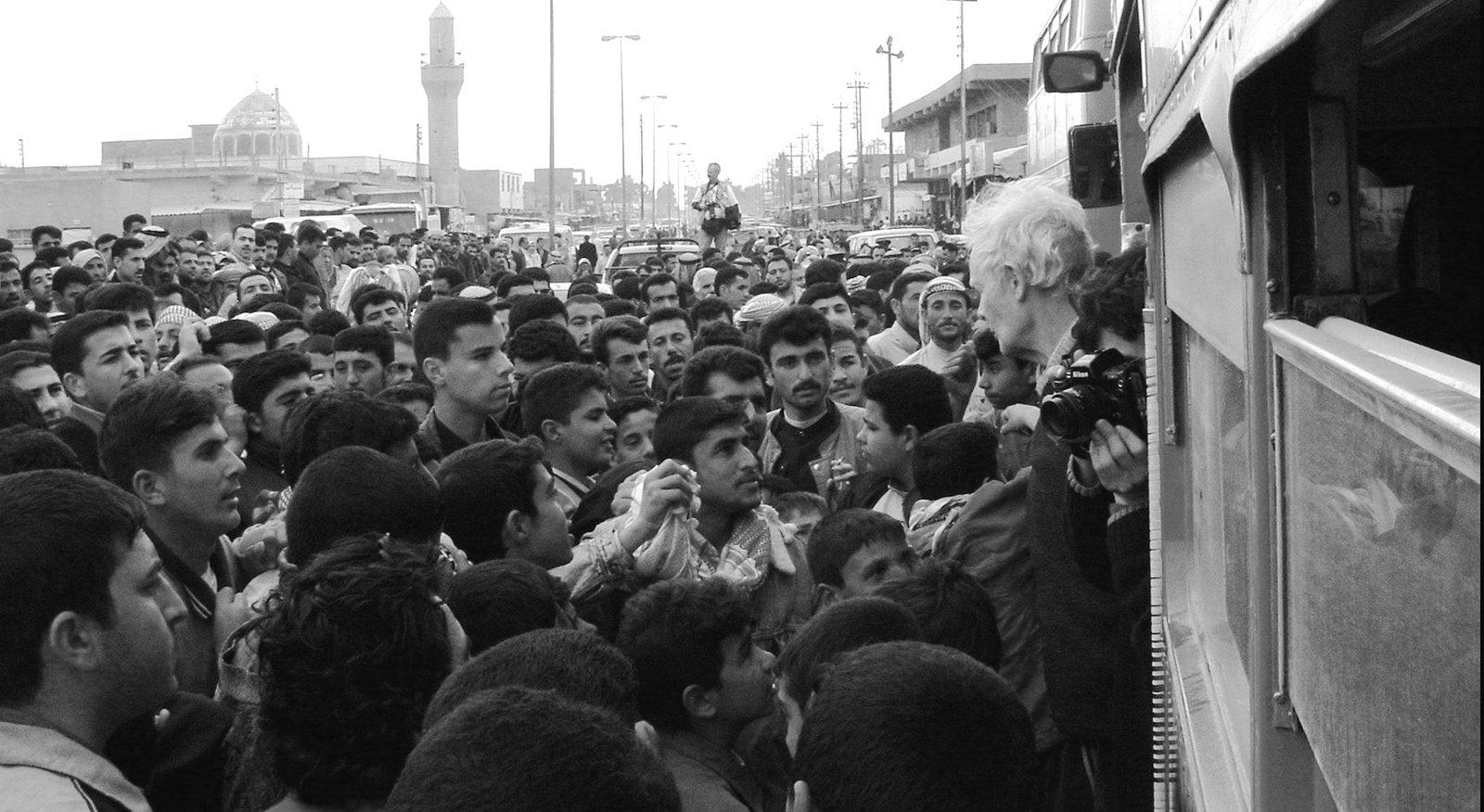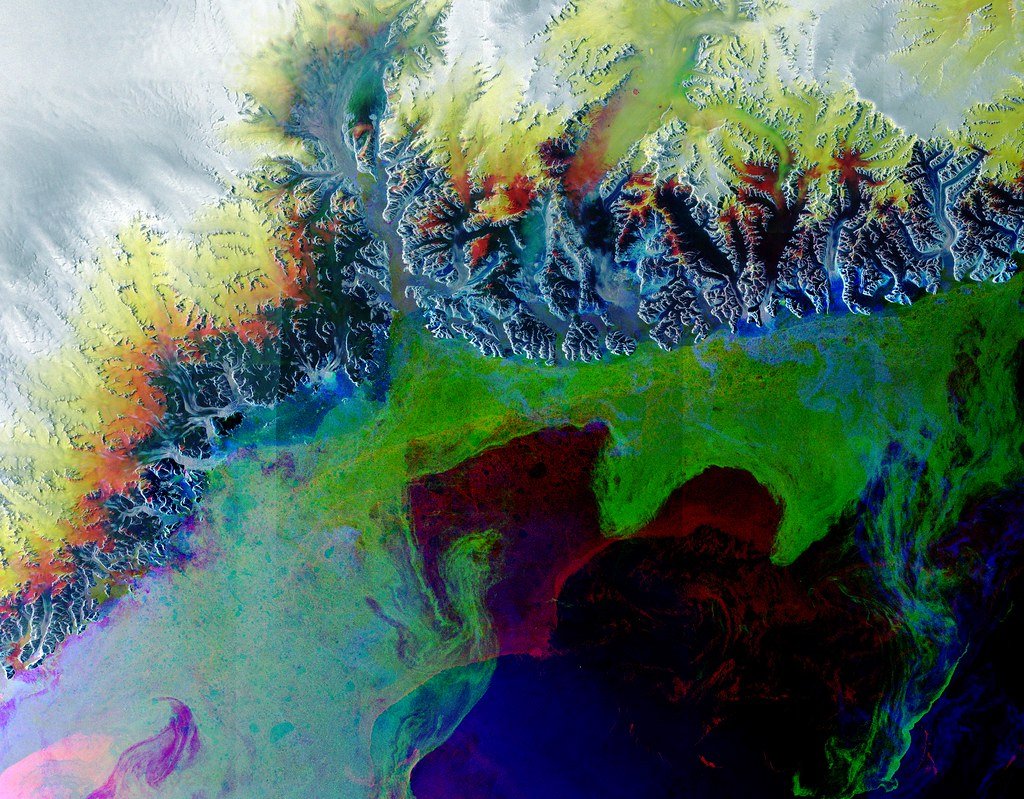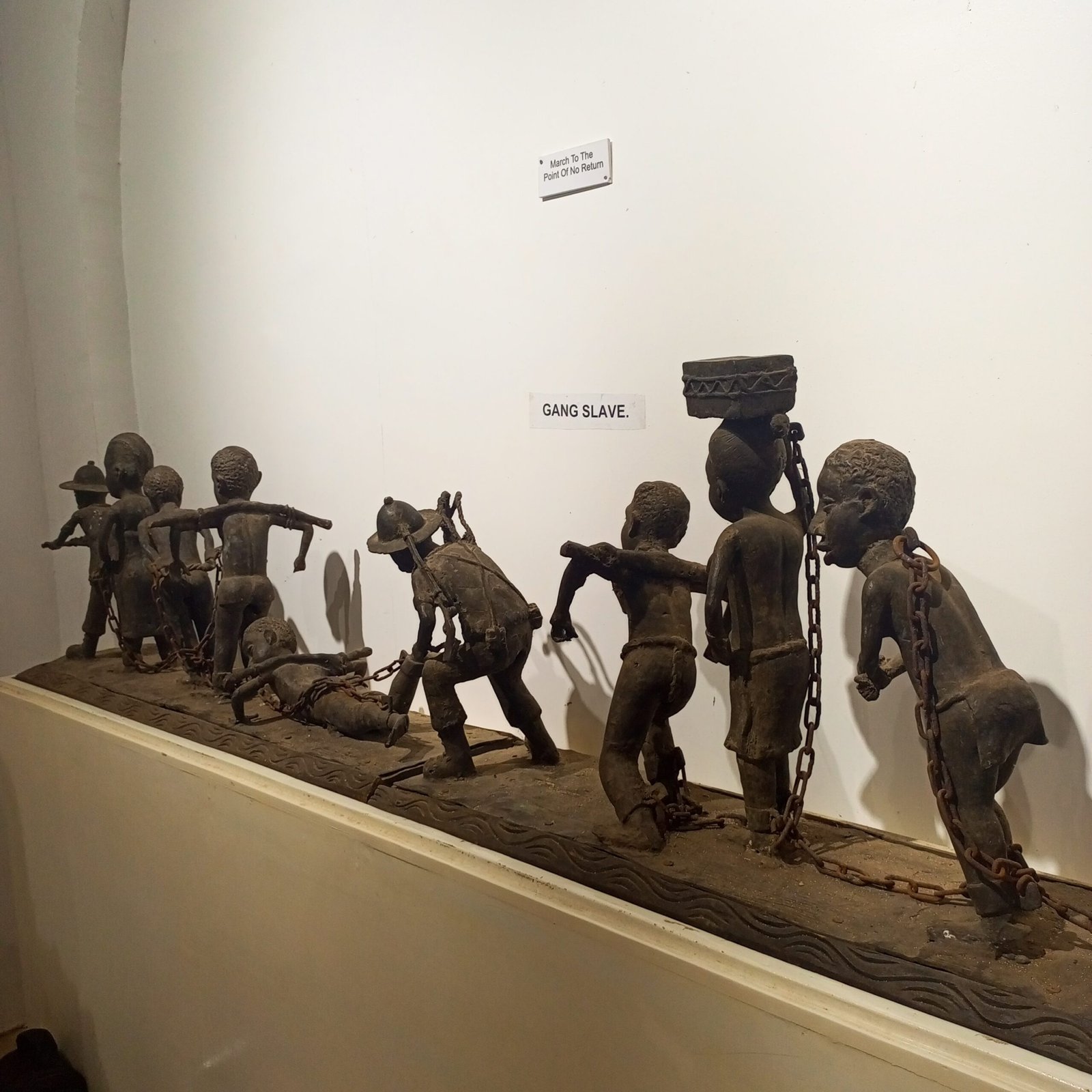Imagine, just for a moment, that you’re standing on the edge of a vast, empty plain. The wind is howling, and there is no one else in sight. You feel alone—utterly, achingly alone. Now, picture that this isn’t just a feeling, but a reality faced by our ancestors. There were times in our species’ history when humanity itself teetered on the brink of vanishing, when the world was so perilous and uncertain that only a handful of people, scattered across continents, held the fragile thread of our future. How close did we actually come to disappearing forever? The story of human bottlenecks is not just a tale of survival—it’s a rollercoaster of fear, hope, and sheer luck that has shaped every heartbeat since.
The Astonishing Power of a Genetic Bottleneck

A genetic bottleneck isn’t just a scientific term—it’s a crossroads for a species. Imagine pouring a bag of marbles through a tiny funnel; most marbles can’t get through at once, and only a few make it. In evolutionary terms, a bottleneck happens when a population shrinks so dramatically that only a small group survives, taking with them just a sliver of the original genetic diversity. This can leave lasting scars on a species, making it more vulnerable to disease and less adaptable to change. For humans, these narrow escapes have rewritten our genetic story and left echoes in our DNA that scientists still uncover today.
The Toba Catastrophe: Our Closest Brush with the Void?

Around 74,000 years ago, the supervolcanic eruption of Mount Toba in Indonesia sent the world into a deep freeze. Ash clouded the skies, blocking sunlight and triggering a volcanic winter. Some scientists believe this disaster slashed the global human population down to just a few thousand individuals—a number so small it’s hard to fathom. The survivors would have huddled together, facing starvation, bitter cold, and a silent, ash-choked world. Evidence for this catastrophe lingers in our genes: low genetic diversity, especially outside Africa, hints at a population squeezed through an unimaginable crisis.
Ice Ages: Humanity’s Long, Cold Night

The Ice Ages weren’t a single event but a series of relentless cold spells that tested the mettle of every living thing. As glaciers crept over continents, vast areas became uninhabitable. Human groups splintered, seeking shelter in the few remaining pockets of warmth and food. These refuges became lifelines, but only for those lucky enough to find them. For tens of thousands of years, our ancestors fought to endure, inventing new tools and forging strong social bonds that may have made the difference between survival and oblivion.
The Shadow of Disease: Plagues Before History

We often think of plagues as a problem of cities and civilization, but infectious diseases have haunted humanity since the dawn of our species. Before written history, outbreaks could wipe out entire bands of hunter-gatherers. A single epidemic, sweeping through a scattered population, could have pushed our ancestors to the edge. Scientists believe diseases may have helped trigger population crashes, acting as invisible bottlenecks that left only the hardiest—or luckiest—alive to tell the tale.
Climate Chaos: Surviving a Planet in Flux

Earth’s climate has always been a fickle beast. Shifts from wet to dry, warm to cold, could spell doom for early humans dependent on hunting and gathering. A sudden drought could wither food sources; a shift in animal migration could mean starvation. Archaeological evidence shows that some regions were abandoned entirely as conditions worsened, forcing people to move or die. Over and over, humanity was forced to adapt or fade away, and sometimes, only a slim margin stood between life and extinction.
Starvation and the Edge of Survival

Imagine waking up each morning not knowing if you’ll eat that day. For ancient humans, starvation wasn’t a rare fear—it was a constant companion. During bottlenecks, food supplies would dwindle, and only the most resourceful or fortunate would survive. Evidence from ancient bones shows signs of malnutrition and even cannibalism during desperate times. These dark chapters are a chilling reminder of how fragile life was, and how close we came to losing it all.
Deserts and Mountains: Natural Barriers That Separated Us

Natural barriers like vast deserts and towering mountains didn’t just make travel hard—they isolated groups of people for generations. This isolation meant that when disaster struck one area, there was little hope of help from the outside. Genetic studies show that some ancient populations were so cut off that their gene pool shrank to dangerous levels, leaving them teetering on the edge. These pockets of isolation created mini-bottlenecks, each one a gamble with extinction.
Human Conflict: The Role of Violence in Population Loss

Conflict is as old as humanity itself. Archaeological sites reveal evidence of ancient massacres, with entire communities wiped out in single events. In small populations, even a minor conflict could have devastating effects. If a group was reduced below a critical size, their chances of survival plummeted. These violent episodes, combined with other pressures, contributed to bottlenecks that shaped our genetic legacy.
The Out-of-Africa Exodus: A Risky Gamble

When small bands of humans left Africa to explore the wider world, they faced the unknown. These pioneers, sometimes numbering only a few dozen, encountered harsh environments and dangerous animals. Their survival was anything but guaranteed. Genetic research shows that the descendants of these early migrants carry the marks of a severe bottleneck—proof that the journey could easily have ended in silence, with the rest of humanity never knowing what might have been.
Endangered Encounters: Breeding with Other Human Species

We weren’t alone out there. Neanderthals, Denisovans, and other human relatives shared the planet with us. Sometimes, when populations dwindled, interbreeding offered a lifeline—new genes that could fight disease or adapt to harsh climates. But these encounters were rare and risky. Most of our cousins eventually vanished, leaving behind only faint traces in our DNA. The fact that we’re here at all is a testament to chance, timing, and a little bit of genetic luck.
Genetic Evidence: Bottlenecks Written in Our DNA

Modern science has given us the tools to peer deep into our genetic past. When scientists study our DNA, they find telltale signs of ancient bottlenecks: stretches of genetic sameness that shouldn’t exist in a large, thriving population. These genetic “scars” are like fingerprints left by disaster—proof that, more than once, we nearly disappeared. Understanding these patterns helps us piece together the story of human survival against all odds.
Lessons from Other Species: Bottlenecks Beyond Humanity

Humans aren’t the only creatures to face extinction scares. Cheetahs, for example, have such low genetic diversity that they’re almost clones of one another—a result of a past bottleneck. Studying these animals gives us clues about what happens after a population crash. Sometimes, a species bounces back stronger; other times, the damage lingers, making survival an ongoing struggle. These lessons remind us how close we came—and how lucky we are.
Modern Echoes: Are We Still at Risk?

Some scientists warn that humanity could face new bottlenecks in the future. Climate change, pandemics, and nuclear threats all loom on the horizon. While our numbers are massive compared to ancient times, technology and global connectedness bring new risks. The very things that keep us safe can also make us vulnerable. The story of past bottlenecks is a warning: survival is never guaranteed, no matter how strong we seem.
Why Genetic Diversity Matters

Genetic diversity is like a toolbox—more tools mean more ways to solve problems. When a population bottleneck shrinks that toolbox, the risks multiply. Diseases can strike harder, and adaptation becomes harder. Our own history shows that a lack of diversity nearly spelled our end. That’s why scientists urge us to protect the diversity we have today, both in humans and in the natural world around us.
The Role of Migration in Human Survival

Migration has often been our saving grace. When disaster struck, moving to new lands meant a chance at life. Early humans crossed mountains, deserts, and oceans, forging paths that others would follow. Each migration helped spread genes, mix cultures, and spark innovation. The courage to move, to face the unknown, has been one of humanity’s greatest strengths in the face of extinction.
How Culture Helped Us Survive

Culture isn’t just art and music—it’s how we share survival strategies, from making fire to building shelters. During bottlenecks, strong cultures helped groups stick together and pass down crucial knowledge. Storytelling around ancient fires wasn’t just entertainment—it was a lifeline, a way to remember what worked and what didn’t. This shared wisdom helped turn the tide when survival hung by a thread.
Resilience in the Face of Disaster

If there’s one thing that stands out in our story, it’s resilience. Again and again, humans have bounced back from disaster—sometimes battered, always changed, but never beaten. Archaeologists find evidence of recovery after bottlenecks: new tools, new art, new ways of living. This drive to keep going, even when the odds were terrible, is at the heart of what it means to be human.
Children of Survivors: How Bottlenecks Shaped Us

We are all descendants of survivors—those who made it through the darkest times. The traits that helped them—resourcefulness, curiosity, empathy—are woven into our DNA. Bottlenecks may have stripped away some diversity, but they also honed qualities that helped our ancestors adapt and thrive. In a way, every challenge we face today is a distant echo of those ancient struggles.
What Bottlenecks Teach Us About the Future

Our past brushes with extinction aren’t just history—they’re lessons. They remind us how fragile life can be, and how quickly everything can change. As we look ahead, these stories urge us to value diversity, be ready for change, and never take survival for granted. Will we heed the warnings written in our genes, or repeat the mistakes of the past?



